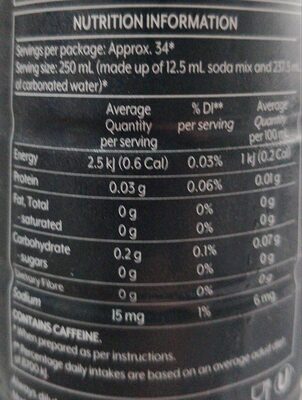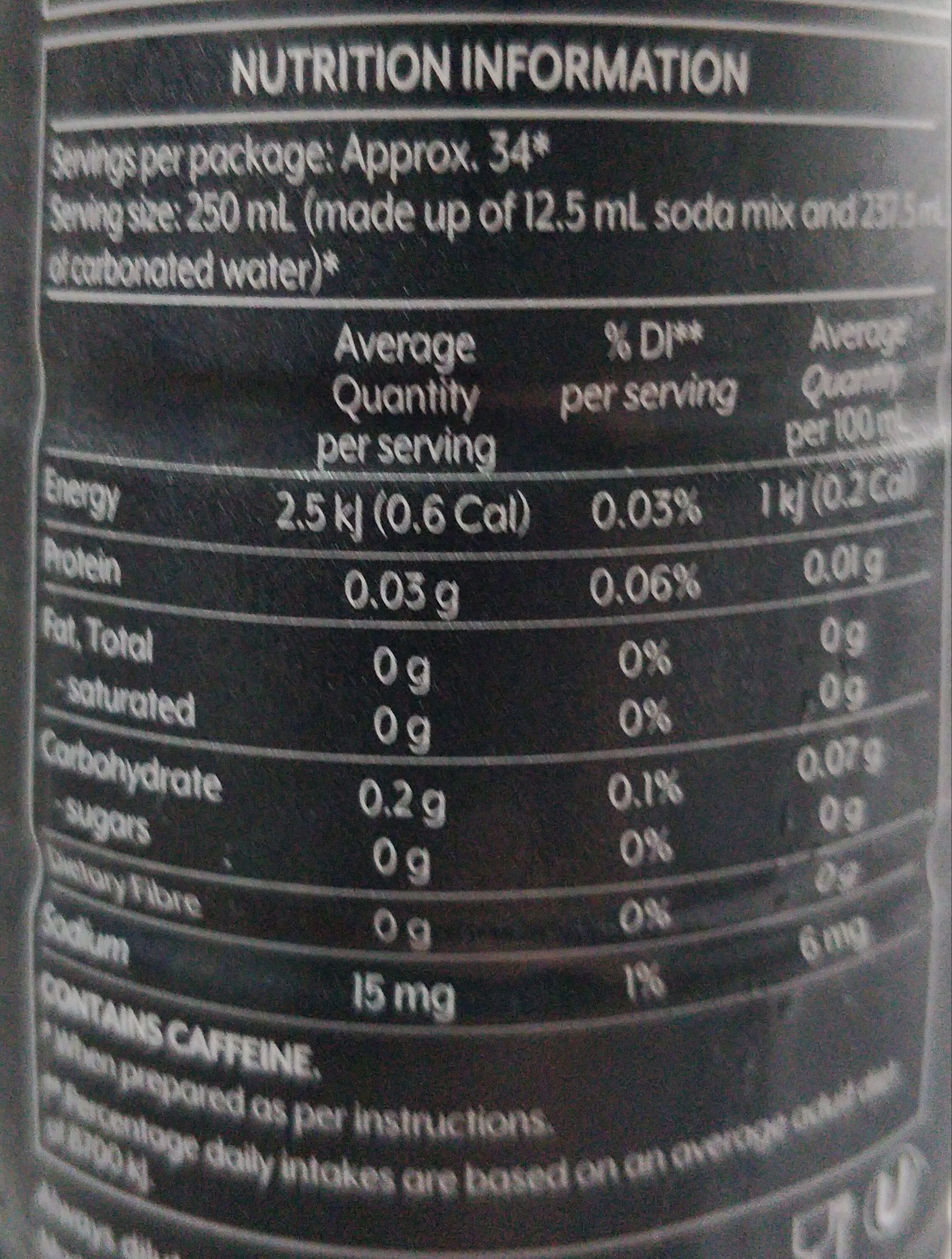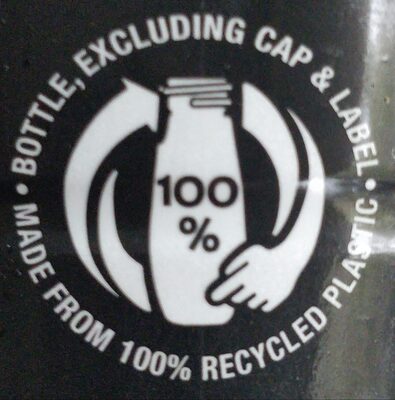Pepsi Max - Sodastream - 440ml
Barcode: 8719128117249 (EAN / EAN-13)
Quantity: 440ml
Packaging: Plastic, Pet-polyethylene-terephthalate, Mixed plastic film-wrapper, Pet-bottle
Brands: Sodastream
Categories: Beverages, Carbonated drinks, Syrups, Artificially sweetened beverages, Sodas, Diet beverages, Colas, Diet sodas, Flavoured syrups, Cola syrups, Diet cola soft drink, Sugar-free flavoured syrups, Cordial, Cordials, fr:Boissons concentrées, fr:Preparations-pour-boissons
Labels, certifications, awards:
Contains a source of phenylalanine, Green Dot
Origin of ingredients: Israel
Link to the product page on the official site of the producer: https://sodastream.de/products/pepsi-max...
Stores: Netto, Lidl, Kaufland, Combi, Famila, Woolworths, Coles, Officeworks, Aldi, Aldi Nord, Kmart, Big-W
Matching with your preferences
Report a problem
Data sources
Product added on by kiliweb
Last edit of product page on by macrofactor.
Product page also edited by angie-38, archanox, cirno, cjk, ecoscore-impact-estimator, getdk, inf, openfoodfacts-contributors, packbot, prepperapp, quechoisir, simonvuillemin, swipe-studio, thotem, yuka.Br5oM_iVBZM9H_TK9tgJhQq5SffwBPVnSXpVog, yuka.WHIwT0FJNEVtUDBoa2NjaHBVUHY2TnhzNXBPWmZGbU5DL1pBSVE9PQ, yuka.sY2b0xO6T85zoF3NwEKvlhUfdsDuhSrOExrgvhKR9PqNKcHLQIlX7pjAEao, yuka.sY2b0xO6T85zoF3NwEKvlnJueNPOgi3kPBbnvBDSwd6cfqD2Xf932ILhLKs.











